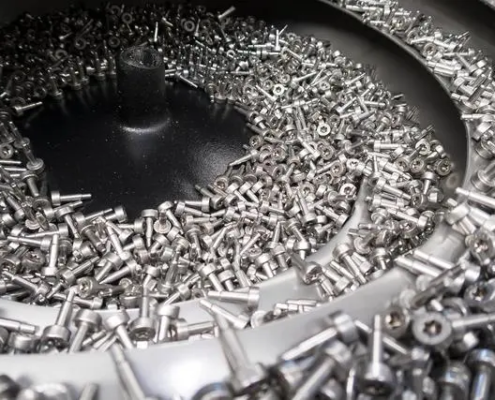Is there any difference between NI200 nickel-based alloy and ordinary nickel-based alloy?
NI200 is a pure nickel material that differs from ordinary nickel-based alloys in terms of chemical composition. Other elements such as chromium, molybdenum, titanium, and iron are added to ordinary nickel-based alloys to improve their corrosion resistance and high-temperature performance. NI200 nickel-based alloy is commonly used in chemical, electric power, nuclear industry, aerospace, and other fields due to its high purity and excellent chemical stability, and electrochemical properties.
This paper reviews the research progress of NI200 pure nickel and its alloys, focusing on the organizational structure, physical and mechanical properties, corrosion behavior, and application fields of pure nickel and nickel-based alloys. It also discusses the current problems and future development trends of it.
It has a face-centered cubic structure and has excellent mechanical properties and high-temperature stability. In addition, the addition of other elements, such as chromium, molybdenum, and titanium, to nickel-based alloys can improve their oxidation resistance and corrosion resistance. Therefore, in engineering applications, nickel-based alloys are usually composites composed of multiple elements.

Corrosion behavior of NI200 nickel-based alloy
It has good corrosion resistance to oxygen, water vapor, hydrochloric acid, sulfuric acid, and other media. However, there are still problems of corrosion in strong acids and etching media. When studying corrosion behavior, factors such as chemical composition, crystal structure, and cracking of the material need to be taken into account to develop suitable corrosion prevention measures.
NI200 nickel-based alloy application areas
It is widely used in the aerospace, chemical, nuclear, and power industries. In the manufacture of turbine components, aero engines, high-temperature furnaces, etc., the high-temperature resistance of nickel-based alloys is fully utilized. In addition, in the nuclear industry, NI200 pure nickel material is also widely used on the internal components of nuclear reactors.
It still has some problems in practical application, such as material corrosion, welding problems, etc. Future research directions include composite modification of the material, new surface treatment technology, and advanced manufacturing processes. Through these efforts, its performance will be further improved and its application areas will be expanded.
This paper reviews the research progress of NI200 pure nickel and its alloys in terms of tissue structure, physical and mechanical properties, corrosion behavior, and application areas. However, there are still problems in the practical application of this material, which need further research and improvement.


